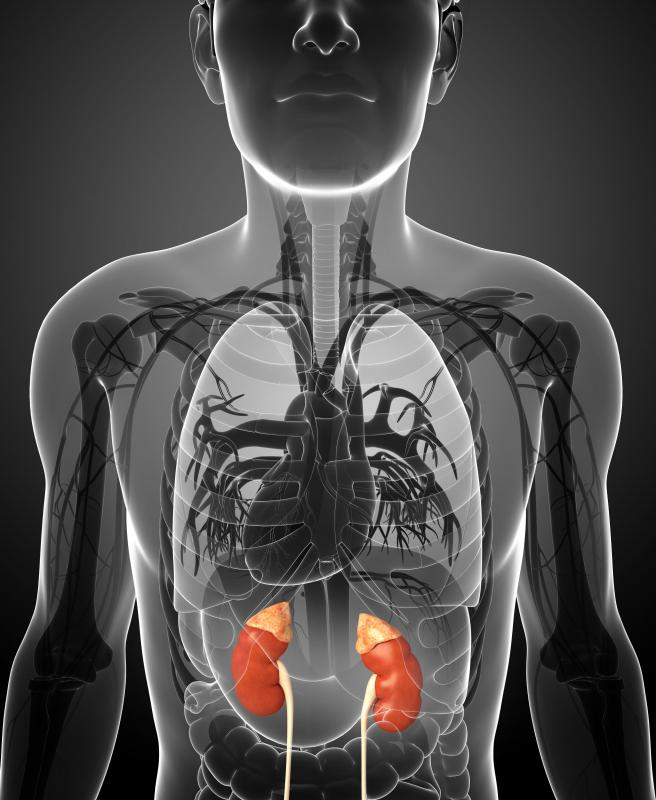At TheHealthBoard, we're committed to delivering accurate, trustworthy information. Our expert-authored content is rigorously fact-checked and sourced from credible authorities. Discover how we uphold the highest standards in providing you with reliable knowledge.
What is Nerve Ablation?
Nerve ablation is a surgical technique that destroys a nerve or impairs its functionality. Originally done by cutting or other direct forms of contact, it is now performed by surgeons applying electromagnetic radiation to the nerve, in what is called radiofrequency ablation or lesioning. This procedure has fewer complications than major surgery and can be done in an outpatient setting, often as a pain management technique. In addition to treatment of nerve pain, ablation sometimes is used to reduce the involuntary movements caused by cerebral palsy, and experimentally has been applied to treat high blood pressure by targeting nerves that regulate the kidney's water and sodium absorption.
Most forms of nerve ablation are outpatient surgical treatments that involve the impairment or destruction of a malfunctioning nerve. This process was originally accomplished by a rhizotomy, the cutting, freezing, or cauterizing of sensory nerve roots at the location where they enter the spinal cord, either to relieve pain or spasticity. A newer procedure, radiofrequency nerve ablation, applies electromagnetic radiation in the form of heat or an electromagnetic pulse to a target nerve. This method does not destroy the nerve, but merely reduces its level of pain sensitivity.

Radiofrequency ablation is commonly used to relieve pain relayed to the brain by sensory nerve roots in the spine. One method, radiofrequency heat denervation, damages these nerves by application of high temperature, while pulsed radiofrequency nerve ablation indirectly reduces neuronal sensitivity to pain signals and ability to transmit these signals to the brain. During the operation, surgeons insert a catheter in an anesthetized patient's nerve, delivering pulses of electromagnetic radiation to reduce sensitivity. Surgeons also use nerve ablation to destroy part of the trigeminal nerve as treatment of serious facial pain in patients who are unresponsive to medical approaches.

Radiofrequency rhizotomies block the nerve impulses that cause spastic muscular movement of the type afflicting patients who have cerebral palsy. The involuntary contraction of spastic muscles is caused by signals from certain nerves, which are blocked when ablation is performed on the appropriate neural roots. Cerebral palsy sufferers may regain greater control over their movement after they receive treatment by nerve ablation. Typically, more than one peripheral nerve will require treatment in order to improve muscular control.

The renal sympathetic nerves are an important part of the body's blood pressure control system, controlling the body's water and sodium balance. Their selective ablation was discovered to relieve hypertension. Historically this was done by surgical destruction of nerve roots in patients for whom the pharmaceutical reduction of blood pressure proved ineffective. One experimental procedure, renal sympathetic nerve ablation, applies radiofrequency treatment instead of surgical cutting to destroy the appropriate efferent nerves. Preliminary clinical studies praised the technique for its effectiveness.
AS FEATURED ON:
AS FEATURED ON:

















Discuss this Article
Post your comments